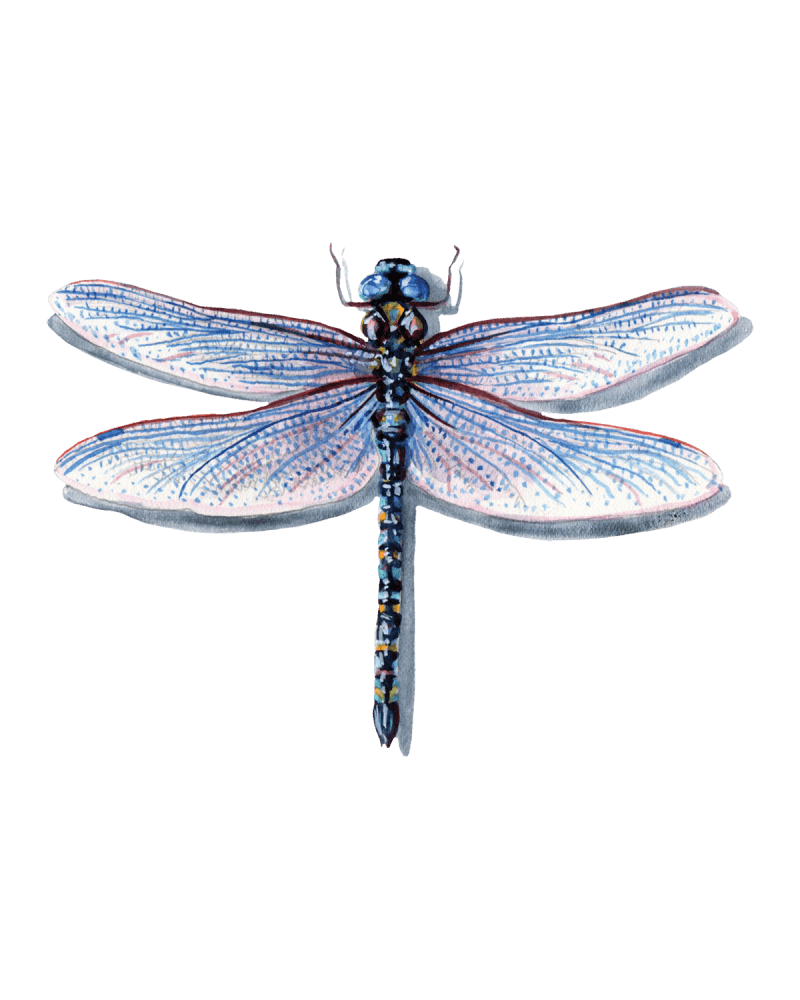Dragonflies and Damselflies
02 Jun 2025
0 Comments
Dragonflies and Damselflies
Latin: Odonata — Relevance to Fly Fishing:
Odonata consists of dragonflies and damselflies, predatory insects with large eyes, slender bodies, and excellent flight abilities.

Where you can find Dragonflies and Damselflies
On this map you see where there were observations of Dragonflies and Damselflies around the world. This will give you an idea of the global distribution of this class. Note that a class can have many different families, and thousands of species.
Diversity and distribution
The insect class Odonata, commonly known as dragonflies and damselflies, is a diverse group of insects consisting of over 6,000 known species. These insects are characterized by their large, transparent wings, elongated bodies, and large, prominent eyes. Odonata is divided into two main suborders: Anisoptera (dragonflies) and Zygoptera (damselflies), with numerous families and genera within each suborder.
Odonata insects can be found in many countries. Their distribution extends across parts of North and South America, Europe, Africa, Asia, and Australia. Odonata species typically inhabit environments close to freshwater sources, such as rivers, streams, ponds, and lakes.
Life cycles of Odonata
The life cycle of Odonata insects consists of three stages: egg, nymph, and adult.
Female Odonata lay their eggs in or near water sources, often on vegetation or directly in the water. Upon hatching, the aquatic nymphs are predatory, feeding on other insects, small fish, and other aquatic organisms. Odonata nymphs undergo several molts as they grow, and once they reach their final nymphal stage, they crawl out of the water to undergo metamorphosis and become adult Odonata insects.
Odonata and fly fishing
Odonata insects, particularly their nymphal stage, are relevant to fly fishing due to their prevalence in aquatic environments and their role as a food source for fish such as trout, roach, bass, and panfish. Some well-known Odonata flies that are targeted by fly fishers include:
Dragonfly nymph patterns: Dragonfly nymphs are large, robust, and aggressive predators. Fly fishers can use dragonfly nymph patterns, typically tied with a bulky, segmented body, large eyes, and prominent legs, to imitate these insects.
Damselfly nymph patterns: Damselfly nymphs are more slender and streamlined compared to dragonfly nymphs. Fly fishers can use damselfly nymph patterns with a slim, segmented body, and appropriate coloration to match the local nymph population.
In addition to nymph patterns, adult Odonata flies can be imitated using large dry flies or wet flies that mimic their general shape and appearance. However, adult Odonata are less commonly targeted by fish compared to their nymphal stage.
The most commonly known pattern is the Blue Damsel, imitating the adult damselfly.
Flies that mimic species in the insect order Dragonflies and Damselflies
There can be thousands of species within an order, and therefore lots of different flies imitating various of these species. Flies can also imitate different stages, for example larvae, pupae and adults.
Tags:












Leave a comment
Please note, comments need to be approved before they are published.